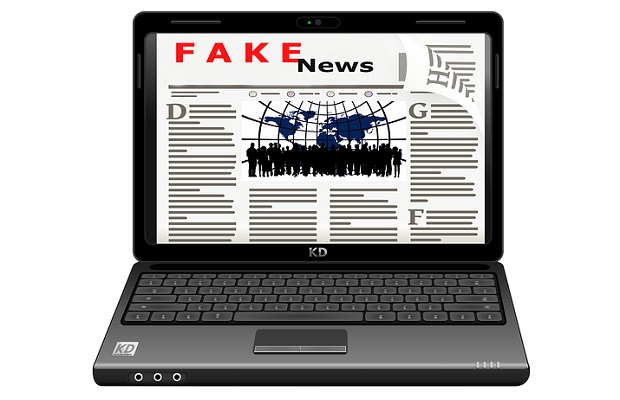Twitter is considering new labels for identified misinformation, with large tags on ‘harmfully misleading’ reports, and links to reference material to cross-check.
Under the scheme, widely discredited information posted by public figures would be corrected directly beneath a tweet by fact-checkers and journalists who are verified on the platform and possibly by other users who would participate in a new “community reports” feature, which the demo claims is “like Wikipedia.”
NBC News published screenshots from a leaked demo of Twitter’s coloured labels, one of which showed a tweet by 2020 presidential candidate Bernie Sanders labeled “harmfully misleading.”
According to NBC, the basic idea is that the Twitter community will rate how likely or unlikely a tweet is to be harmfully misleading, and their feedback will inform how that tweet is labeled (if it’s labeled at all).
A Twitter spokeswoman said the company is “exploring a number of ways” to fight fake news on its platform.
“Timing is no coincidence”
Yuval Ben-Itzhak, CEO at Socialbakers,said: “As we see the social media platforms each working to truly combat the fake news epidemic, Facebook kicked off the year with an announcement that it was banning ‘deepfakes’ on the platform. This week a leaked demo of a new Twitter feature showed huge red labels beneath tweets that spread misinformation. The timing is no coincidence, with this year’s US election likely to bring fake news back to the top of the news agenda. When – or even if – the feature will fully roll out is unclear, but it’s certainly a clarion call to users and brands that, much like Facebook, Twitter is also committed to working to be a home for fact-checked, policed content that doesn’t mislead.
“As for safety online, particularly that of children, TikTok announced the launch of its ‘Family Safety Mode’ in the UK, to give parents the ability to set limits on their children’s use of the app. Unveiling a new ‘restricted mode’ that filters out inappropriate content and enables parents to shut off features like messaging on their children’s accounts, TikTok has set the tone that the future of safer social media is really putting control into the hands of users, letting them decide what content they want to see online.
“Last week in a letter to the Financial Times, Facebook CEO Mark Zuckerberg pushed for more democratic tech regulation. Governments around the world are wrestling with how best to regulate social media – but it’s the platforms themselves who have come out with bold, meaningful steps to make social media safer, less harmful, and more transparent.”

